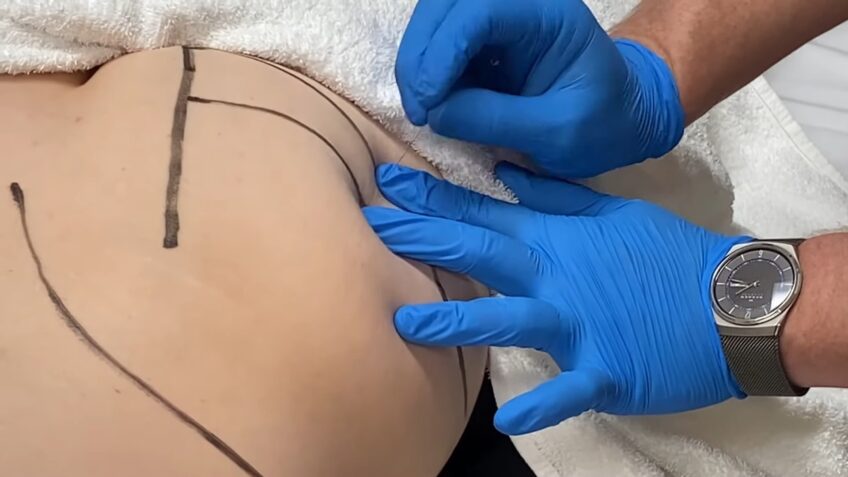Piriformis Syndrome is a medical condition in which a specific muscle in one’s buttock region called the Piriformis muscle becomes irritated by a strain/overuse or a contusion. This type of ailment tends to be very painful mainly because of its close location to a major nerve called the Sciatic nerve.
The first objective for people suffering from this ailment is to receive an extensive evaluation by one of the experienced physical therapists to rule out other possible causes of the pain.
This thorough evaluation will include an exhaustive look at the patient’s gait, foot, ankle, knee, hip and lumbar (back) joints and muscles to see if there are contributing factors to the irritation of the Piriformis muscle.
Piriformis Syndrome Signs and Symptoms
Symptoms of Piriformis syndrome can include a dull ache in the buttock, and pain radiating from the buttock to the back of the thigh. pain with prolonged walking or sitting and/or a lack of hip range of motion with pain.
Piriformis Syndrome usually starts with pain, tingling, or numbness in the buttocks. Pain can be severe and extend down the length of the sciatic nerve (called sciatica). The pain is due to the piriformis muscle compressing the sciatic nerve, such as sitting in a car seat or running. Pain may also be triggered while climbing stairs or applying firm pressure directly over the piriformis muscle.

Treatment for Piriformis Syndrome
Treatment typically consists of medications and physical therapy. Surgery may also be necessary in cases where conservative measures don’t work.
These treatment options sometimes include soft tissue mobilization, dry needling, stretching, joint mobilization/manipulation, orthotics and specific exercises not only to the Piriformis muscle but to surrounding joints and muscles which may perpetuate the problem.
If you’re experiencing pain in the buttock area, here are some tips on how to treat it:
1. Take ibuprofen for relief.
2. Use KT tape to support the muscle and reduce pain.
3. Stretch the muscle regularly with gentle exercises.
4. See a health professional if the symptoms persist or worsen.
This is a simple example of a stretch to the Piriformis muscle that is sometimes utilized to help this syndrome.
Astrona Knight is the Editor-in-Chief at Fischer Institute, where she shares her extensive knowledge on health and wellness topics. Her insightful articles cover everything from diet and nutrition to mental health, providing readers with practical tips and the latest research findings.















